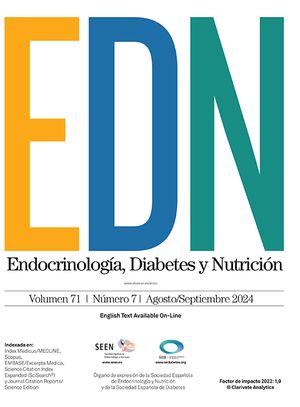Los endocrinólogos pueden y deben manejar técnicas específicas para el diagnóstico y tratamiento de las enfermedades endocrinológicas. Nuestra especialidad se ha basado siempre en el diagnóstico clínico y en el estudio e interpretación de las pruebas hormonales, realizadas o no por endocrinólogos. Sin embargo, la mayoría de técnicas específicas para el estudio de las enfermedades endocrinológicas está en manos de otros especialistas. Esta revisión pretende profundizar en las técnicas que se podrían desarrollar desde los propios servicios de Endocrinología y Nutrición por parte de los endocrinólogos. Se analizará en primer lugar la conveniencia de disponer en nuestros servicios de un ecógrafo para la práctica, fundamentalmente, de la ecografía tiroidea y también de realizar nosotros mismos la punción-aspiración con aguja fina. Se valorará la utilidad de disponer de un densitómetro, tanto para el estudio de la osteoporosis como de la composición corporal. En el campo de la diabetes mellitus, se hará énfasis en los sistemas de monitorización continua de glucosa, en los de monitorización ambulatoria de la presión arterial, en los estudios vasculares no invasivos, en los sistemas computarizados para valorar la neuropatía autonómica y en la cámara de retina no midriática para el cribado de la retinopatía diabética. Por último, y en relación con la nutrición, se aborda el uso de la impedanciometría y la calorimetría.
Endocrinologists can and should use specific techniques for the diagnosis and treatment of endocrinological diseases.
Our specialty has always been based on clinical diagnosis and on the interpretation of hormone tests, whether performed by endocrinologists or not. However, most of the specific techniques used to investigate endocrinological diseases are performed by other specialists.
The present review aims to describe in detail the techniques that could be developed by endocrinologists within departments of endocrinology and nutrition.
Firstly, the advantages of having an ultrasonographer to perform mainly thyroid ultrasound examinations in endocrinology departments and the advisability of performing fine needle aspiration within these departments are analyzed.
We also evaluate the utility of having a densitometer to study osteoporosis and body composition.
Regarding diabetes mellitus, we emphasize systems for continuous glucose monitoring, ambulatory blood pressure monitoring, noninvasive vascular investigations, computerized systems to evaluate autonomic neuropathy and the nonmidriatic fundus camera for the screening of diabetic retinopathy.
Lastly, the role of bioelectrical impedance analysis and calorimetry in nutrition will be discussed.0




